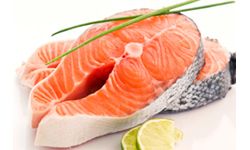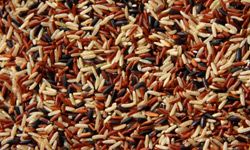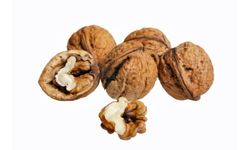Omega-3 is a high-profile nutritional trend, ranking alongside with calcium and fiber in consumers' concerns [source: Watson]. And unlike some food fads that are over in a flash, the need for omega-3 may be as genuine as advertised.
Omega-3 refers to omega-3 fatty acids. Fatty acids are the building blocks of fats, which, despite their misunderstood reputation, are vital nutrients. Omega-3 is used to regulate blood clotting, build cell membranes and support cell health. It's polyunsaturated, which is the relatively heart-healthy kind of fats that help reduce blood triglycerides (fats) and low-density lipoprotein (LDL), the so-called bad cholesterol.
Advertisement
Omega-3 also curbs inflammation. While inflammation is a normal part of the body's immune response, research indicates that it also underlies a host of serious illnesses, including cardiovascular diseases, cancers and autoimmune diseases.
Omega-3 is called an essential fatty acid: It's essential to health, and because the human body doesn't produce it, it's essential in the diet. Unfortunately, the typical American diet includes relatively few foods that are rich in omega-3.
Complicating matters is another essential fatty acid, omega-6. Omega-6 is another polyunsaturated fatty acid, and it complements the functions of omega-3 in foods. In a contrasting role, however, omega-6 promotes inflammation. What's more, omega-6 may compete with omega-3 for metabolization in the body. The modern Western diet tends to be top-heavy with omega-6 acids, largely due to the reliance on refined vegetable oils both in homes and in the food industry.
In this article, we'll fill your plate with 10 foods that can help even the score between omega-6 and omega-3 fatty acids. We'll highlight proteins, dairy products, veggies and snacks, and fill your knowledge stores with some basic science to help you identify other good choices.








